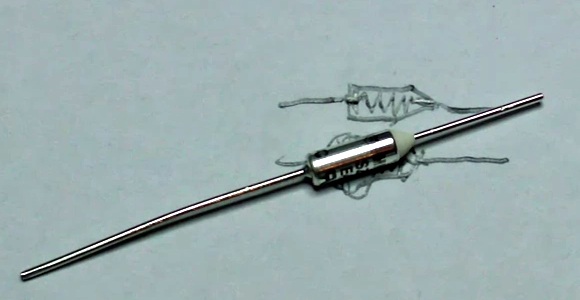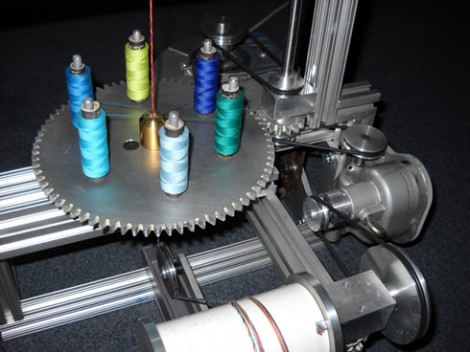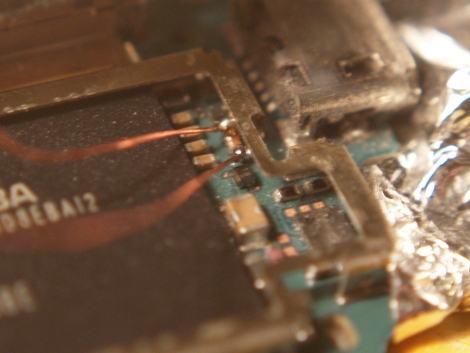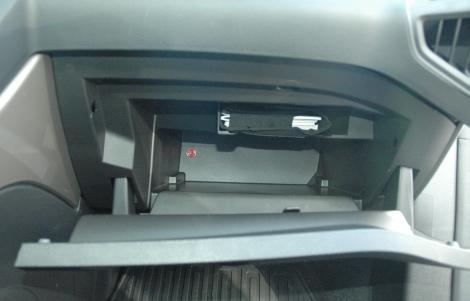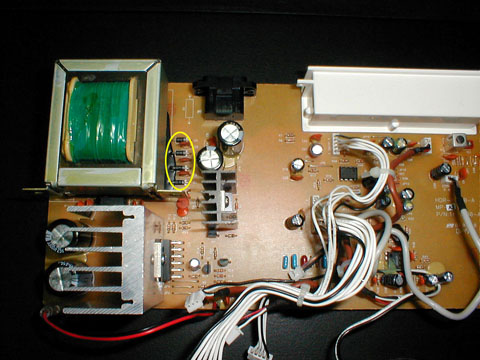Have you ever thought a particular project could be better if you could just control the file access directly? [Stavros Korokithakis] did, specifically for a backup program he was working on. What followed was the realization that writing a FUSE filesystem, particularly in Python, isn’t as complicated as it may seem. Really, through the power of open source, the heavy lifting has already been done for us. If you’d like to try it yourself, you’ll need to install fusepy. From that point, you simply need to define the filesystem methods you will be using.
Python isn’t going to win any speed contests in the filesystem space, but that isn’t really the point. Using this technology opens up a huge opportunity for new ways of accessing data. If you let your mind wander, you can conceive of encrypted filesystems, seamless remote data access, new key-value storage designs, etc. Perhaps even more interesting is the idea of using Python to communicate with a physical device… maybe a proc filesystem to keep track of your robot telemetry? We’d love to hear your ideas in the comments.
We had success using [Stavros’] example script on Linux and OSX. (Fair warning if you’re on a Mac, the pip version of fusepy seems to be linked against fuse4x rather than OSXFUSE, but once you’ve got the prerequisites installed, you’re golden.) We didn’t have a Windows machine to test. Can anyone confirm if the same is possible there?


